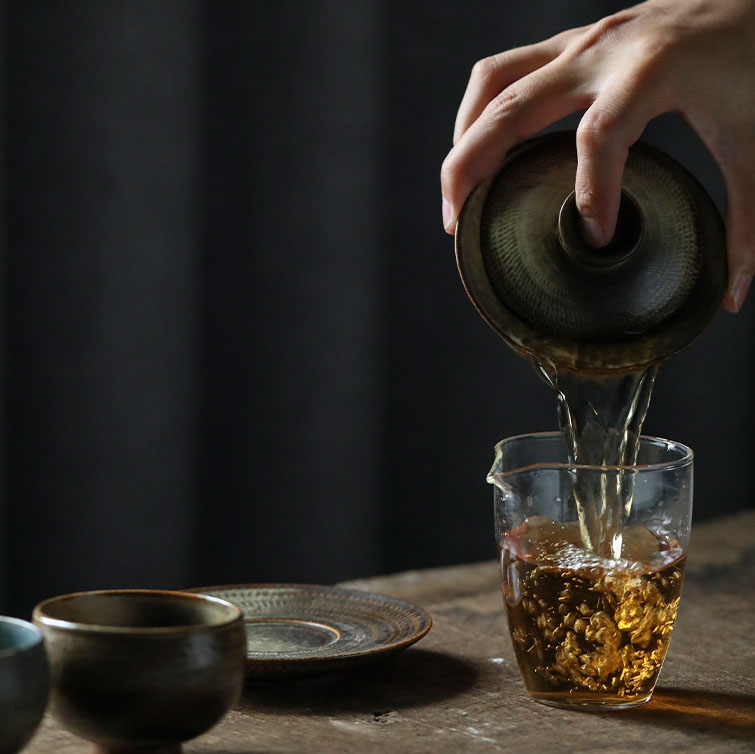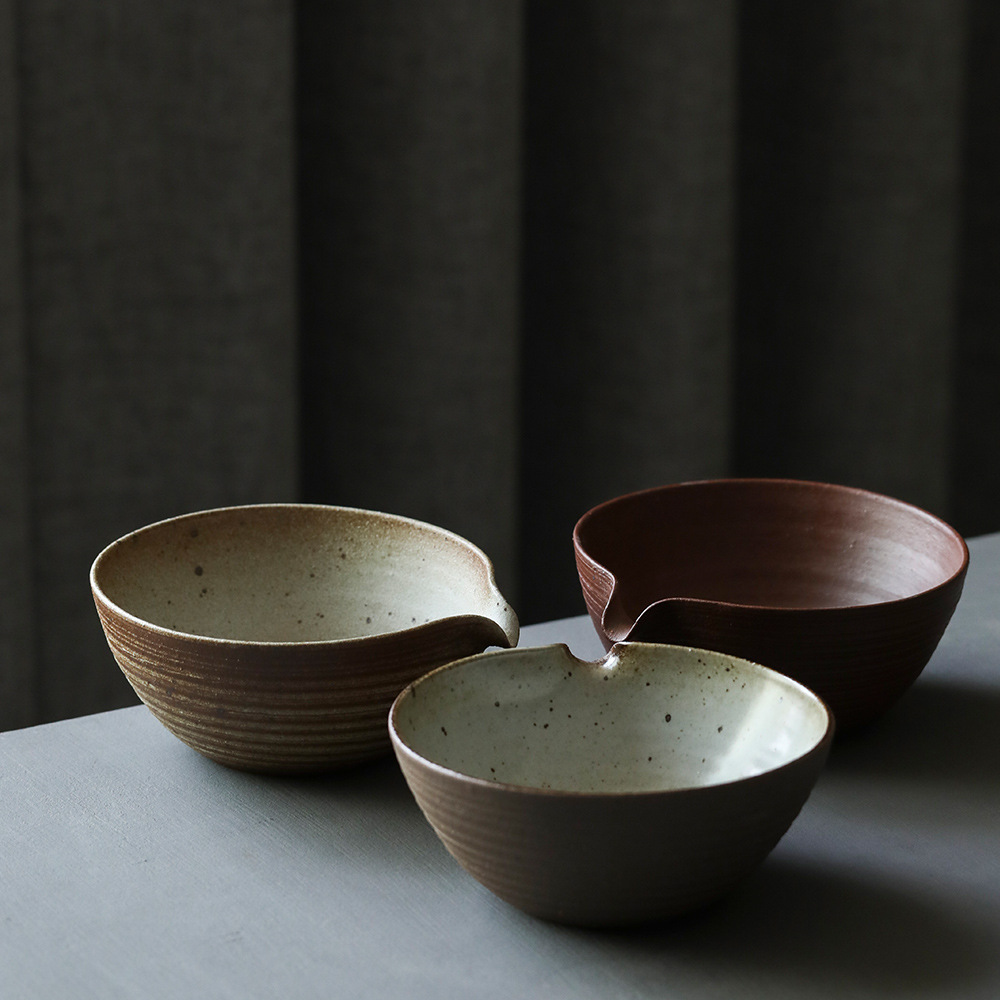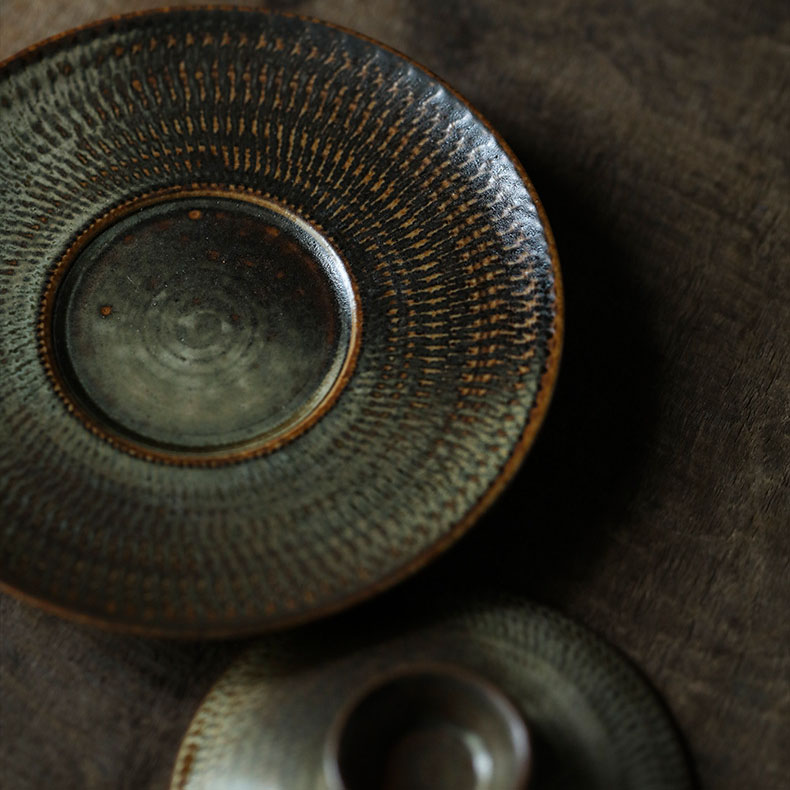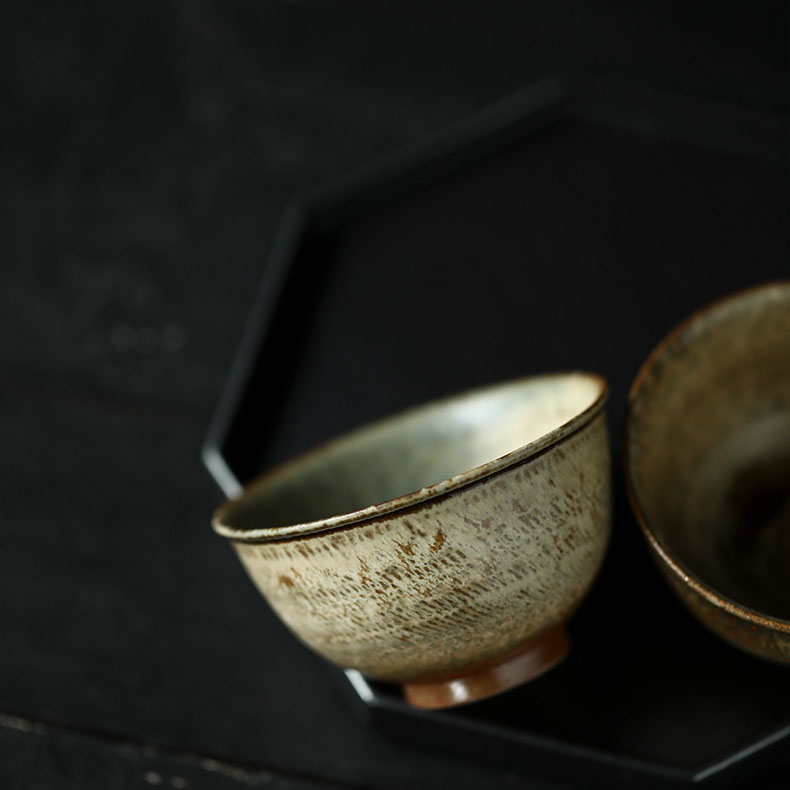
Jingdezhen (景德镇), often called the “Porcelain Capital of China,” has a history of producing world-renowned porcelain for over a thousand years. From the Song Dynasty to modern times, artisans in Jingdezhen have perfected techniques that combine artistry with advanced material science. Over the centuries, the technology evolved from wood-fired kilns to highly controlled gas and electric kilns, enabling more consistent high-temperature firing and safer, more durable porcelain.
Today, we proudly offer only lead- and cadmium-free porcelain, combining traditional craftsmanship with modern health and safety standards.
Firing Process and Porcelain Quality
Jingdezhen porcelain typically undergoes multiple firing stages:
Lead- and Cadmium-Free Glazes
All our Jingdezhen porcelain is free of lead and cadmium.
Genuine Jingdezhen tea bowls, gaiwans, or teapots produced with traditional high-temperature methods are therefore completely safe and lead-free.
Raw Glaze Technique
Some pieces, such as our gaiwans, feature a raw glaze:
Summary
|
Aspect |
Traditional |
Modern (sxm tea) Jingdezhen Production |
|
Glaze |
May contain lead or cadmium |
Lead- and cadmium-free |
|
Firing Method |
Wood/coal kiln |
Gas/electric kiln |
|
Main Firing |
1280–1350 °C |
1280–1350 °C |
|
Decoration Firing |
750–900 °C |
750–900 °C |
|
Environmental Impact |
Less controlled |
Strict heavy-metal regulations |
|
Food Safety |
Not guaranteed |
Safe, hygienic, durable |
Conclusion: With a history of centuries of innovation, Jingdezhen porcelain combines artistic tradition with modern technology, producing high-fired, lead- and cadmium-free, food-safe porcelain that is both beautiful and safe to use.


